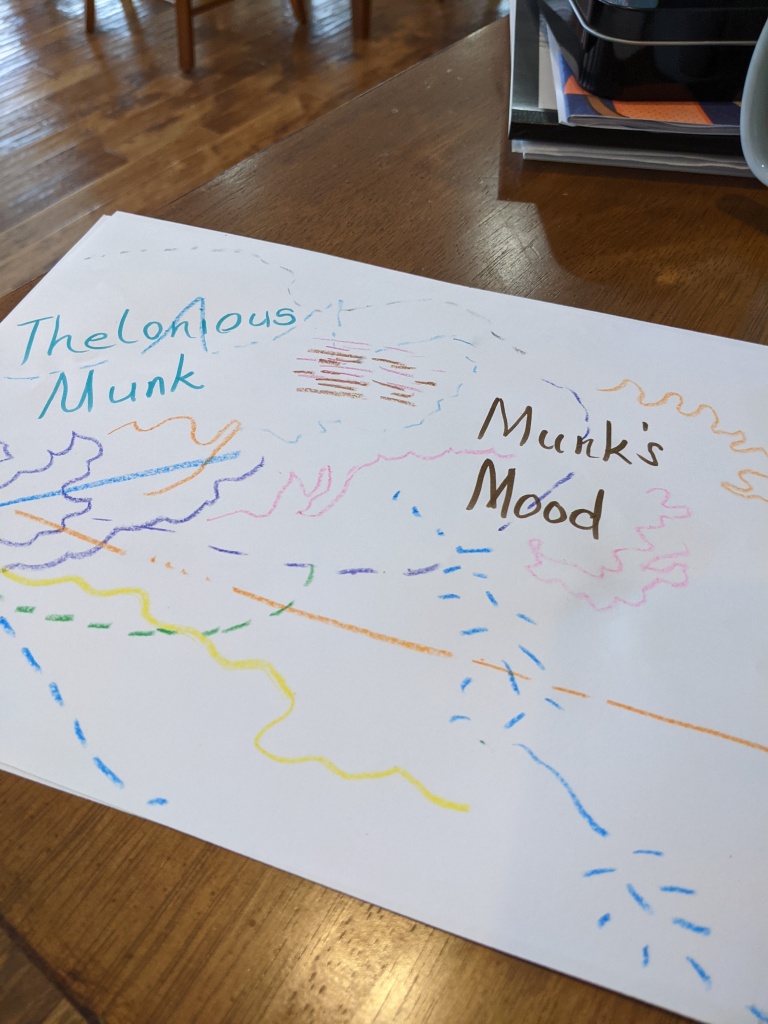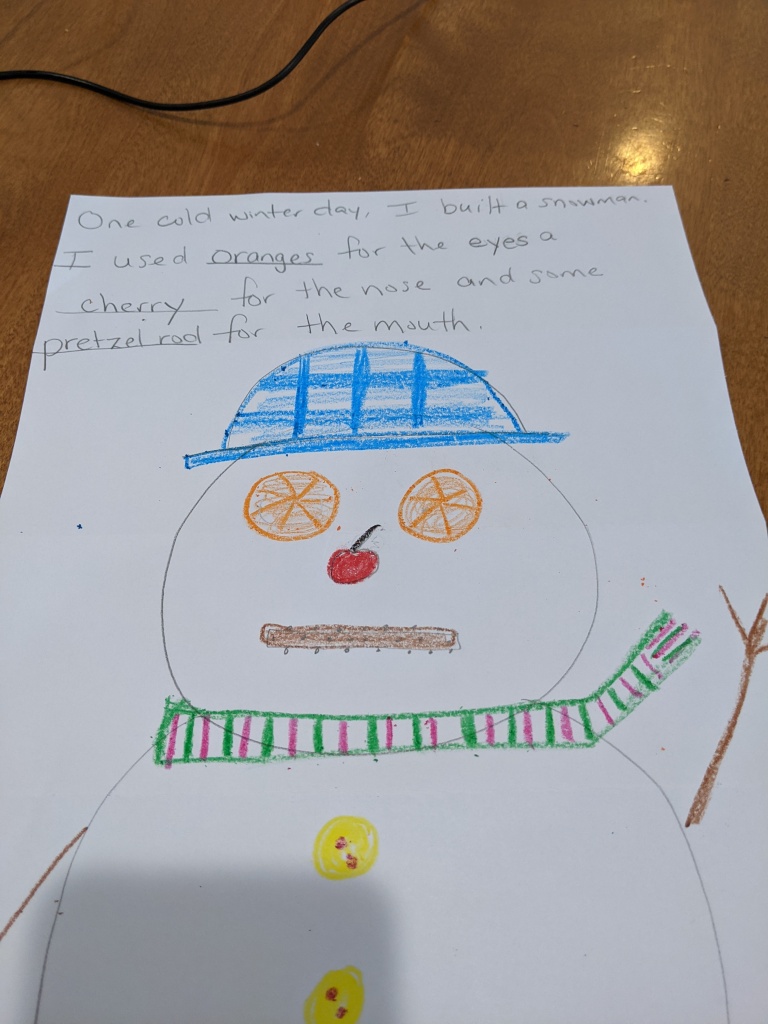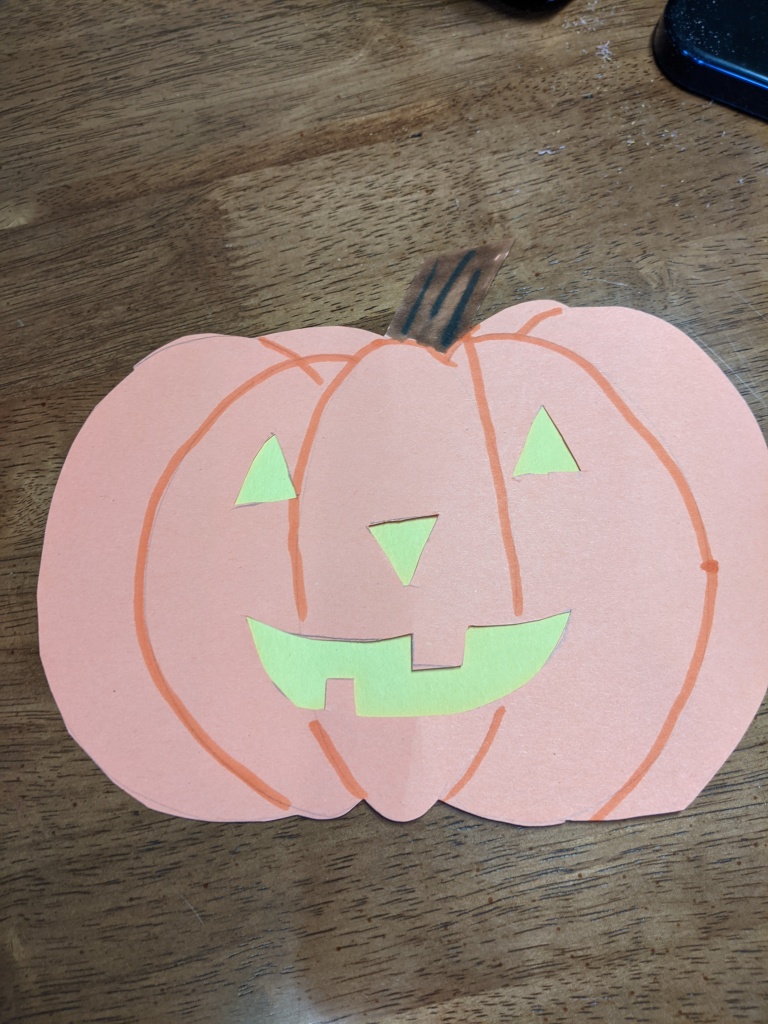Today I want to share one of my favorite books to read in my classes Cloudy With a Chance of Meatballs by Judi Barrett. Grandpa tells the best stories… Travel to the Land of Chewandswallow where it rains food three times a day. (In my opinion this book is WAY better than the movie!). There are two more books in this series Pickles to Pittsburgh and Planet of the Pies.
Each of these fun books easily lends themselves to lots of fun and creative activities! Write a weather report for the Land of Chewandswallow to go with Cloudy With a Chance of Meatballs. What would you like to see it rain for breakfast, lunch and dinner? Have your child help you plan and cook a meal of their choosing and pretend the ingredients fell from the sky.
Design a machine that the Falling Food Company can use to help move and package the food for delivery, after reading Pickles to Pittsburgh. This machine can be drawn, built, or even just explained from your imagination.
After reading Planet of the Pies, design a box to deliver the Martian pies to Earth. Create a machine to safely catch the pies before the hit Mars. Bake a pie!
Using literature as a jumping off spot for lessons is a great way to expand upon the learning. When children begin to make connections between the story and real life they are more connected to the learning. It will also help with working on comprehension skills as you can ask them to share pieces of the story that connect to the activity you are choosing to do at home.




















